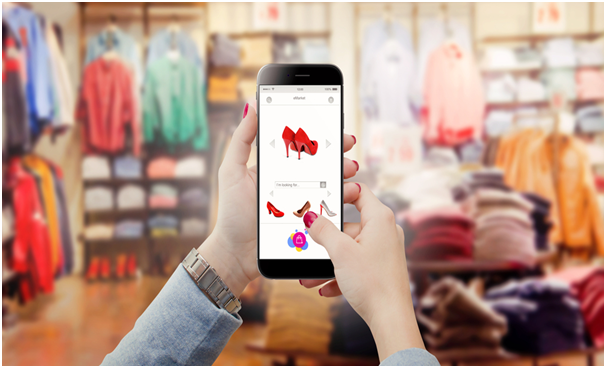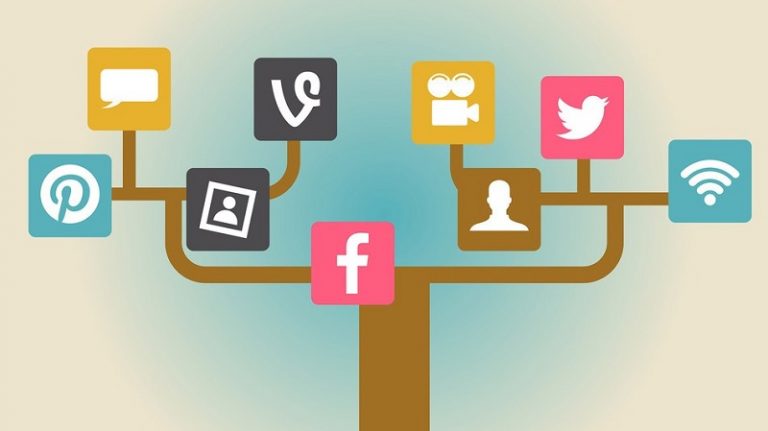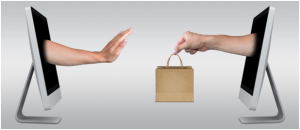When you read the title of this topic, the first thing that probably came to your mind was the internet. While you are not wrong, more factors have been added to the mix. For example, smartphones changed the way we did our shopping. Social media enhanced brand-consumer engagement, and recently, augmented reality is shaping the way we buy in virtual spaces.
There are many more in between, and this article will discuss how they have influenced our spending behaviour. More importantly, we will also be talking about how online marketing has changed.
According to Brendan, digital marketing analyst at www.openhost.co.nz/domain-names/, the reason for these changes can be attributed to one thing, technology. “The tech industry has experienced development at skyrocket speed in the last decade and the coming years will be no different.”
Technology influence
Brendan couldn’t be more correct. In the space of 10 years, our technology has grown significantly, impacting our everyday life several ways. Since Tim Berners-Lee introduced the Web in 1989, it’s almost as if a portal was opened to all kinds of growth. The world’s transformation has given rise to remarkable improvements in communication and information distribution.
More so, it redefined marketing roles to become more focused on the consumer. Before that time, brands were only talking at their customers. It was an asynchronous type communication system where advertising and other forms of communication were pushed out to people to consume.
With Web 1.0, it was a read-only, cognition system. Back then, websites had just one objective; to make information available for anybody with an online presence. With time, it developed to yield Web 2.0. This new web was characterised by a high level of interaction. Users were now able to participate by creating, uploading and sharing their own content.
Today, Web 2.0 has influenced marketing and advertising campaigns. Brands no longer talk at their customers but engage with them in a synchronous type of communication. This is where both parties participate in continuous conversation in real-time.
Through developing technology Web 2.0 was a game changer, and consumer behaviour has continued to evolve. Here are some significant changes from the past decade.
- The rise of social media
One major change is how the use of social media evolved from a platform for merely networking to a marketing tool. Before the early 2010’s people used networks such as Facebook and LinkedIn to share their common interests and discuss things they were passionate about.
Not long after that, other networks such as Twitter, Snapchat, and Instagram joined the scene. It became a community where users could discuss trending topics and exchange or buy items. Brands saw the opportunity to engage with these tight-knit communities and began to get involved. Today, consumers still buy and sell items on social media platforms. This is common because they form opinions from peer preferences- especially among millennials.
For example, YouTube personality, Zoe Suggs built her fashion empire through YouTube. Having established a personal connection with millions of subscribers, they patronise her product line. This is something brands have capitalised on with other social media influencers.
- The mobile explosion
If there’s anything consumers love, it is shopping convenience. In the past, people had to show up at a marketplace before they could complete a purchase. Today, you can lie in bed and shop for anything from a pair of shoes to a house using your smartphone. There are currently more than 2.32 billion smartphone users in the world, and it has changed the retail landscape entirely.
With mobile search, consumers are smarter and more informed. They access information on the go and have also become very impatient online. If an e-commerce website takes longer than three seconds to load, 40% of them dash on to the next website. In other words, today’s consumer is spoilt for choice.
Showrooming is another trend from the smartphone revolution. Some consumers visit online stores as part of their search journey. They gather information about an item (price, specifications and so on), then go online and purchase the right one. More mobile trends will form as the number of users increase.
- Customer relationship and review system
Consumers are now more brand aware. They can make suggestions of what they would like to see or get done. In some situations, they have their way. For example, some brands have open channels where customers can suggest what they expect from them. In a study, it was revealed that 95% of millennials expect a brand to be on Facebook.
A premium coffee consumer may request a special cappuccino flavour and have it done for them. Likewise, a VIP traveller can choose to demand specific treatments from their regular hotel brand. This also comes from the knowledge that they can get better service elsewhere if they choose.
Another common issue associated with consumers and brands is online reviews. Reputation can make or break a brand. On the internet, this is as easy as a simple Yelp review. If a customer is dissatisfied with a service, they give the company an unsatisfactory rating, and it can impact their business negatively. Consumers also use online reviews to determine which service they’ll patronise
What does it mean for online marketing
If brands must succeed, they cannot afford to ignore the implications of the tech-savvy, brand-aware consumer. They will have to adapt their services to keep up with evolving consumer trends. This is because consumers have the power now. What are some things they need to do?
- Improve the speed and UX of their e-commerce website.
- Create open channels for customers to engage in real-time.
- Avoid flashing overhead banners and intrusive interstitials.
- Provide an integrated in-store and online experience.
- Ensure their website is not only enhanced for mobile but user-experience too.
- Engage social media influencers.
- Involve consumers directly in campaigns.
Technological innovation and improved customer service are ways to continue being relevant in today’s dynamic marketing landscape. The mantra, “Adapt or die”, couldn’t be truer. The sooner brands realise this, the better for their continued existence.










+ There are no comments
Add yours